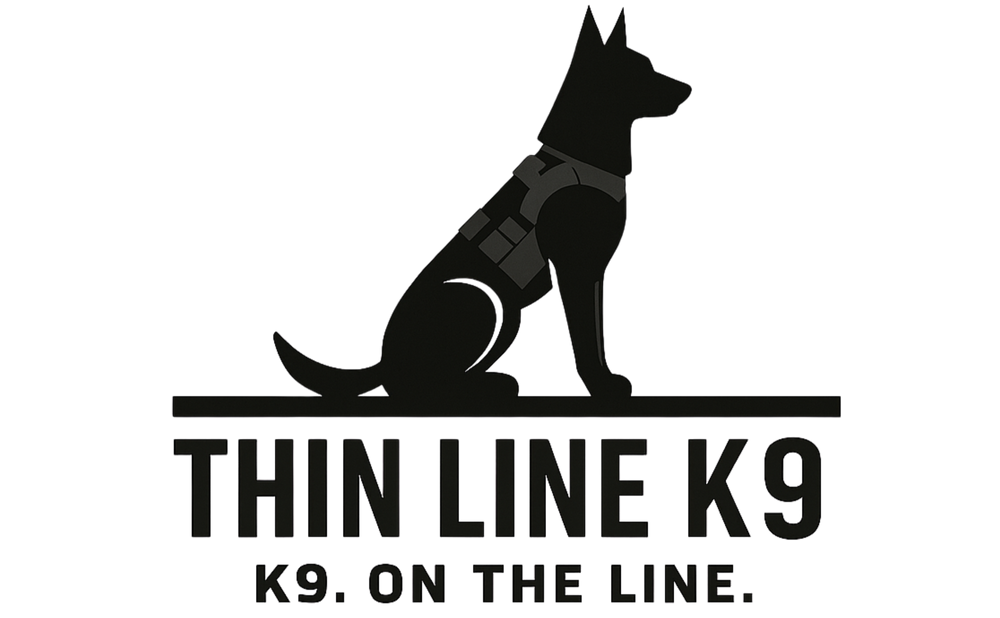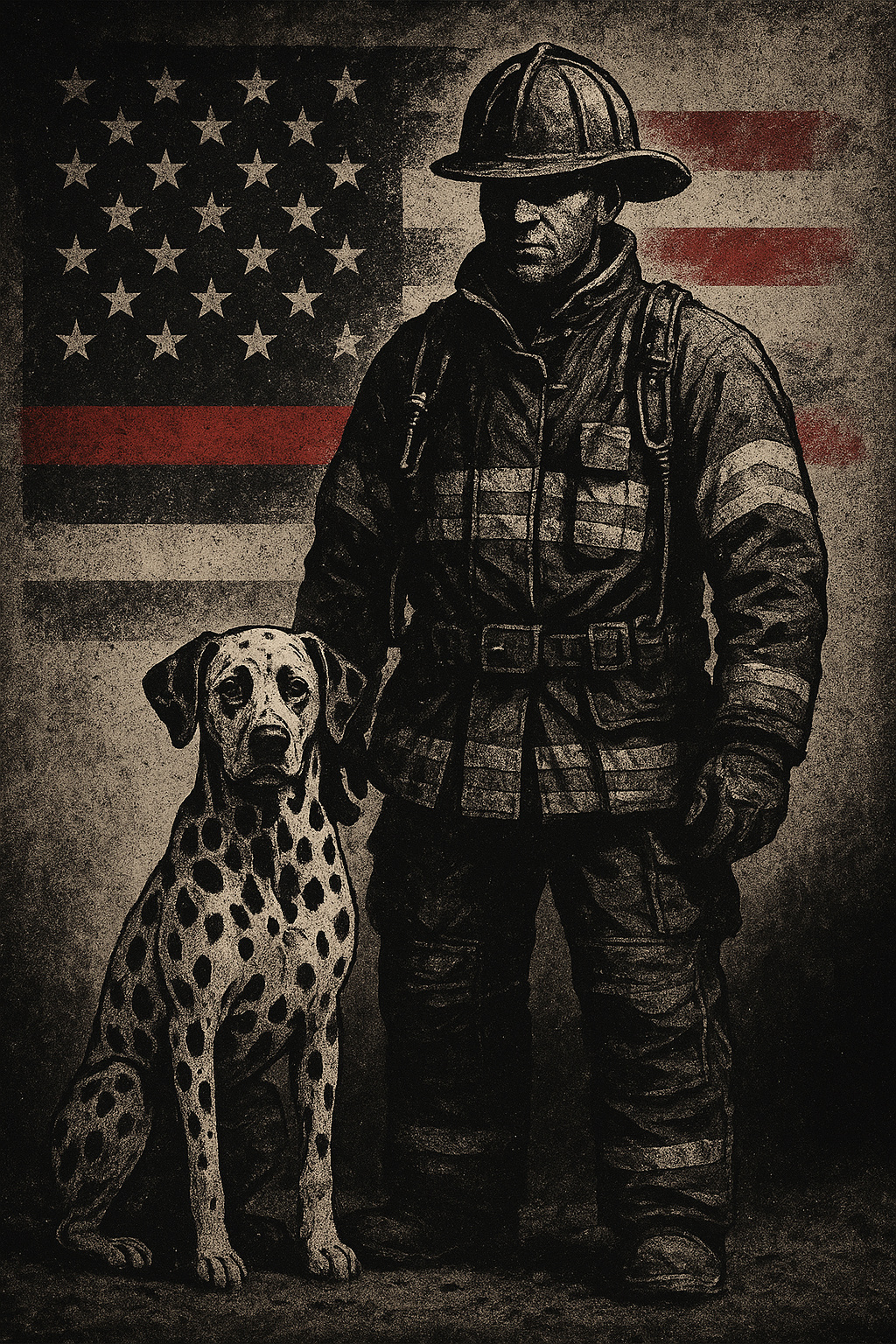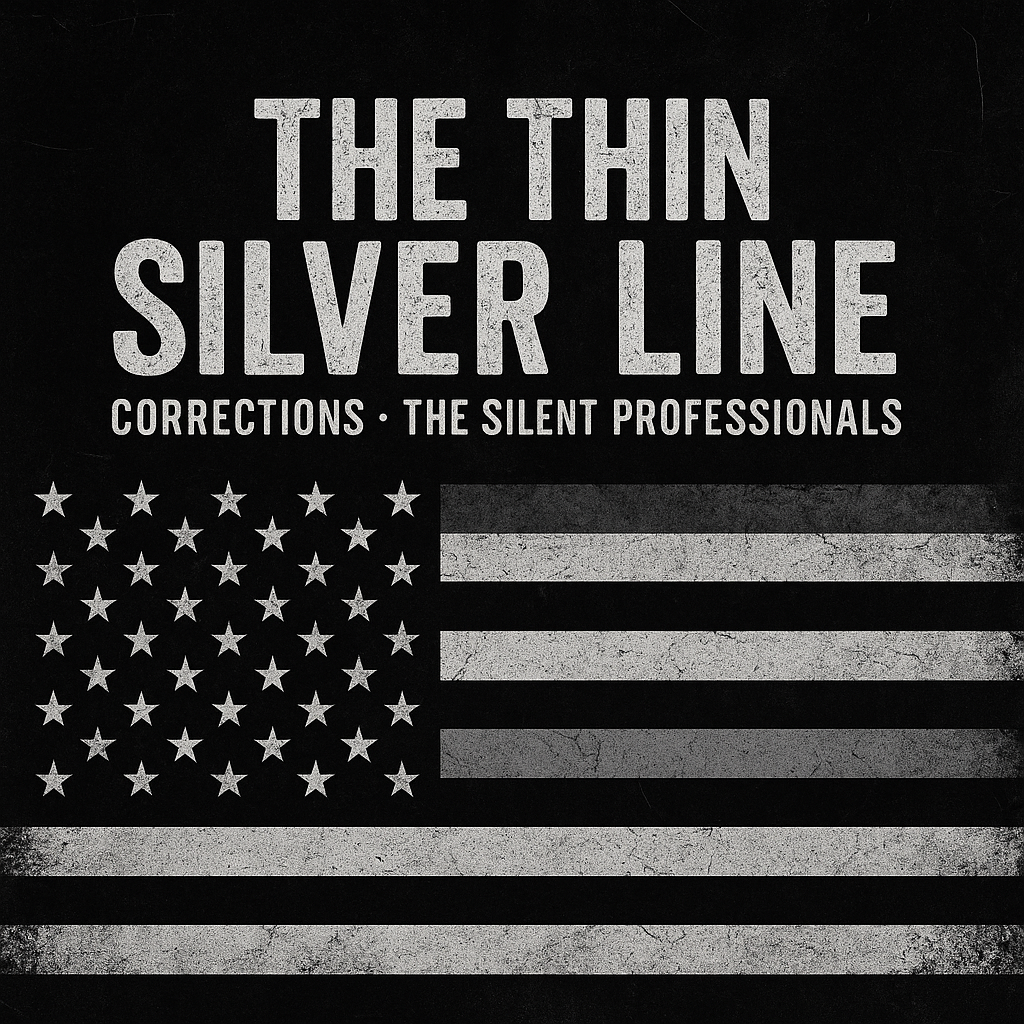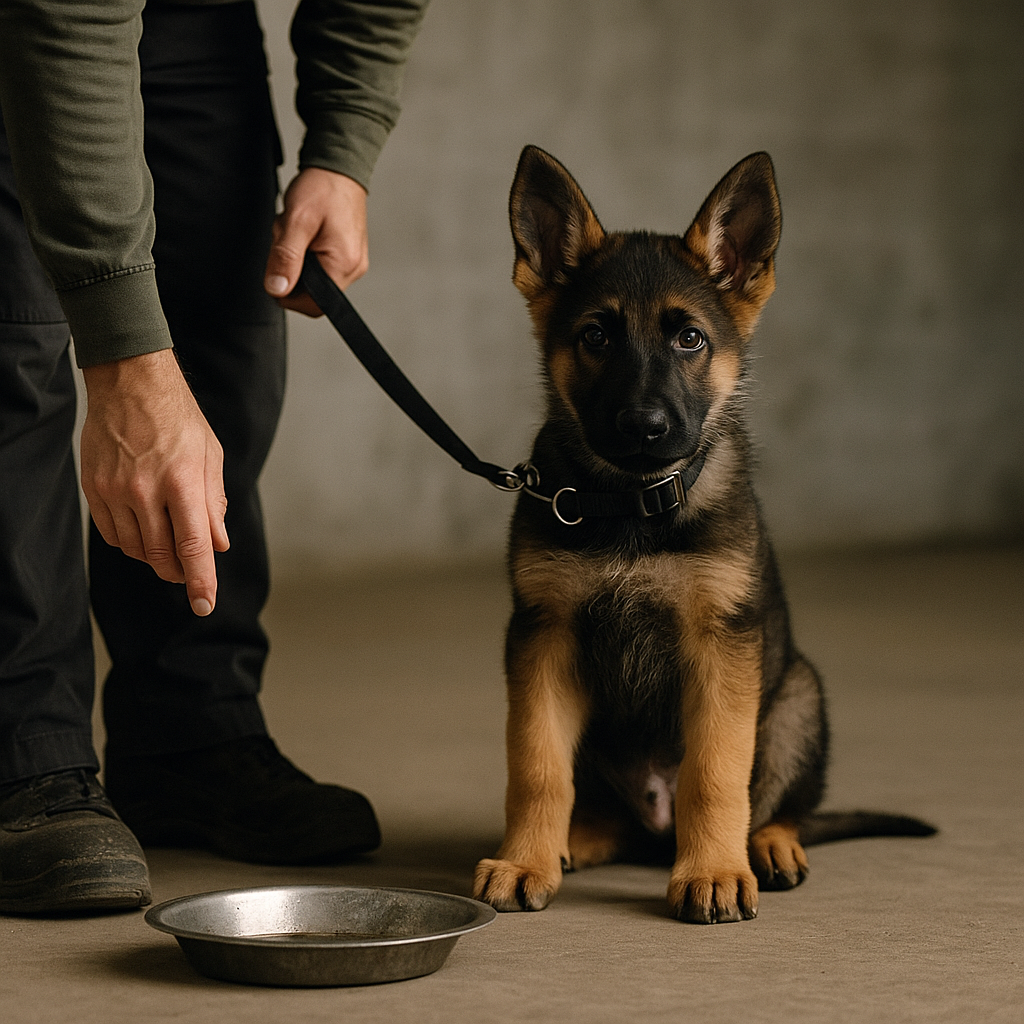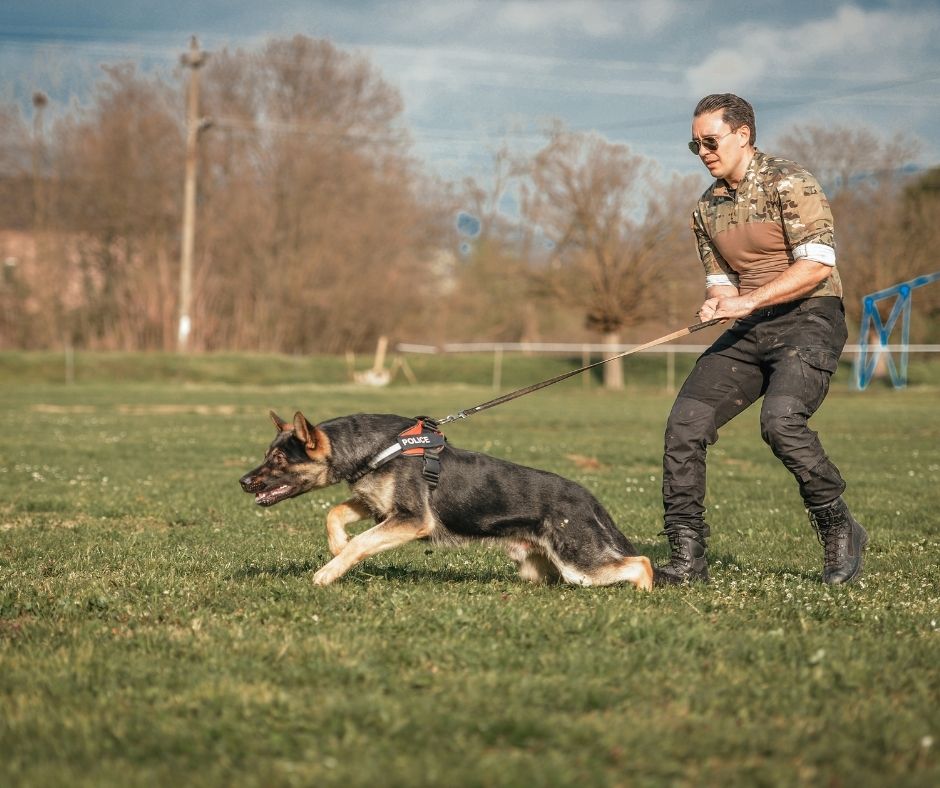(Spoiler: They’re not just edgy bumper stickers and cool colors)
You’ve seen them. Black-and-white American flags with a single, bold stripe cutting through the center like a battle scar. Maybe you wear one on your chest, fly one on your porch, or slapped one on the back of your truck—and maybe someone gave you a dirty look for it at a red light.
Let 'em look. Because if you’re flying that flag, you damn well better know what it stands for.
These stripes aren't fashion statements. They're not "just a trend." They're a line in the sand—one that says you stand with the brave, the bold, and the ones who answer the call while the rest of the world scrolls past.
Here’s what those colors really mean—and why they matter.
🔵 Thin Blue Line
This is the one that started it all. It’s not a color—it’s a shield. It’s the line between order and chaos. The symbol of the men and women who strap on a badge, pull on the vest, leash up their K9, and face down danger with nothing but training and guts.
The Thin Blue Line stands for law enforcement—past, present, and fallen. It honors sacrifice, loyalty, and the will to run toward the gunfire when everyone else is ducking for cover.
Fly it if you’ve got their six. Period.
🔥 Thin Red Line
This one’s for the ones who run into the fire while the rest of us run for our lives. The Thin Red Line represents firefighters—those heat-resistant maniacs who make the job look easy while dragging bodies and hoses through hell.
They're not just firemen. They're firefighters—and there’s a difference.
⚪ Thin White Line
No lights, no sirens, no backup—just grit. The Thin White Line stands for EMTs, paramedics, and medics who roll up to chaos, stabilize the wreckage, and bring people back from the edge.
They patch the wounds and carry the weight—on little sleep and cold coffee. No spotlight. Just lives saved.
🟡 Thin Gold Line
Heard, but rarely seen. The Thin Gold Line is for the dispatchers—the ones answering the worst calls of your life and sending help before you even hang up.
They’re not just voices on the other end—they’re lifelines. Calm in the middle of pure hell.
🟢 Thin Green Line
Military. Veterans. Federal agents. Border patrol. Rangers. Warriors, all of them. The Thin Green Line is the silent salute to the ones who served in silence, fought in dirt, bled on foreign soil, and still stand tall.
Whether it’s boots on the ground or guarding the homeland—this line doesn’t bend.
🟠 Thin Orange Line
Search and rescue teams. Tow operators. Roadside workers. The ones out there when the wind’s howling, the storm’s raging, or your car’s upside down at 3AM.
The Thin Orange Line is for those who show up when no one else will—and save lives doing it.
🟣 Thin Purple Line
Private security. The gatekeepers, the watchmen, the ones guarding your buildings, your events, your people—without fanfare or parades.
The Thin Purple Line is for the professionals who protect in silence, without needing applause. Just give 'em the mission—and they’ll handle it.
⚫ Thin Silver Line
The Thin Silver Line is for Correctional Officers—walking the toughest beat behind bars. It’s stress, tension, and danger without a single streetlight. No praise, no press—just the weight of holding the line when the rest of the world forgets they exist.
This line is pure steel.
So, Why Do These Flags Matter?
Because behind every stripe is a human—or a K9—who stepped up when others stepped aside. They represent missed birthdays, overtime shifts, body bags, and hard decisions. They stand for sacrifice, grit, and doing the job even when no one’s watching.
Some people will try to politicize these flags. Let them. While they argue on Twitter, we’ll be backing the ones who actually show up.
Every flag you fly, every shirt you wear, every patch you rep—it’s not just a look. It’s a promise.
A promise to never forget who’s out there doing the hard work—and to always, always have their back.
Final Word
Does it piss some people off? Maybe.
Does it make others proud? Damn right it does.
So whether it’s blue, red, green, or any line in between—wear it bold, fly it proud, and never apologize.
Because those stripes?
They mean something.
